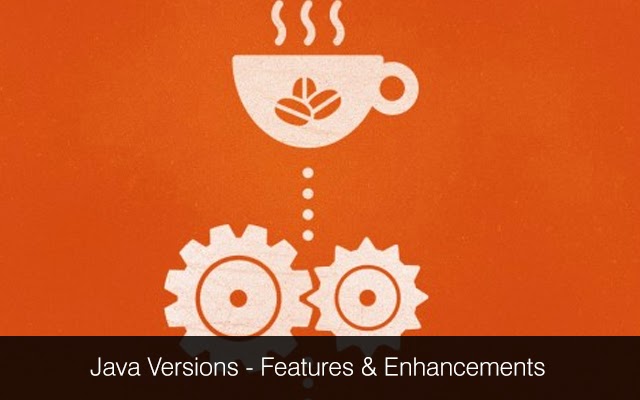The
complex nature of game programming makes it essential for programmer
to pick a programming language he is already proficient in. However,
he still needs to consider several factors while choosing a
programming language for the gaming project. Along with choosing an
easy-to-learn language, the programmer also need to check if the
language is fast and powerful enough for game development, compatible
with game development APIs and libraries, and compatible with widely
used platforms and devices. As a powerful object oriented programming
language, Java meets all these criterions. There are also several
features that make Java the best programming language for game
development.
What
Makes Java the Best Programming Language for Game Development?
Easy
to Use: Java
is much simpler to code and maintain than other programming
languages. So the game developers can write, compile and debug the
code without putting any extra effort. At the same time, the
object-oriented feature of Java enables them to create modular
programs and reuse the code. The game developer can rely on Java to
curtail the game development and deployment time.
Compatibility:
Java
runs on a virtual machine called JVM. So the Java byte code can run
smoothly on various widely used platforms. The feature makes it
easier for game developers to create games that run on multiple
platforms. As Java is platform-independent at both source and binary
levels, it becomes easier for programmers to deploy the game by
switching from one system to another.
Multithreaded:
Most
game developers opt for multithreaded programming languages to
simultaneously perform several tasks within the game. Many
programming language accomplish multithreading through operating
system-specific procedures. But Java is designed with integrated
multithreaded programming. That is why; it is one of the most
effective programming languages to create timer-based game loop
system. Also, programmers can avail the multithreading feature of
Java to perform multiple tasks within the game at a time.
Large
Amount of Libraries: The
game developers also have option to avail a large collection of Java
libraries. They can simply use a specific Java library to accomplish
specific tasks without writing lengthy and complex code. Java 8
further enables developers to simplify their code using lambda
expressions. The feature further helps them in writing code that is
compact, simple and easy-to-maintain. The reduced boilerplate code
improves the productivity of developers, while curtailing the game
development time.
Option
to Create Mesmerizing Graphics: Like
other applications, games also use eye-popping graphics to keep the
users engaged. The quality of the graphic can also have a direct
impact on the game’s popularity. Java 8 comes with a graphics
toolkit called JavaFX 8. The standard development kit includes
innovative UI controls, HTML5 support, 3D graphics feature and
embedded graphics stack. So it becomes easier for developers to
optimize the overall look, feel and appeal of the video game by
incorporating eye-popping images.
Java
Game Development Tools: The
game developers also have option to use several powerful Java game
development tools. As Java is used widely for Android mobile apps and
games, it also becomes easier for the developers to create games by
targeting the most popular mobile platform. Some of the powerful 3-D
game engines like jMonkeyEngine have made it easier for developers to
create 3D worlds for games that run seamlessly on multiple platforms
and devices. As these open source game engines are written in Java,
these can be modified by the game programmers without using any other
programming language.
Despite
being used widely for web application development, Java is still
considered by many game programmers to be unsuitable for video game
development. But you will find several popular notable and popular
video games designed using Java. It is always important to evaluate
the features of Java according to the specific needs of the game
development project to decide the right programming language. You can
get in touch with Java
application development
companies who can help you develop web apps that are stable, scalable
and secure.
We
provide Java
web development
services. If you would like to hire expert
Java developer
for your development needs, please contact us Mindfire Solutions.

